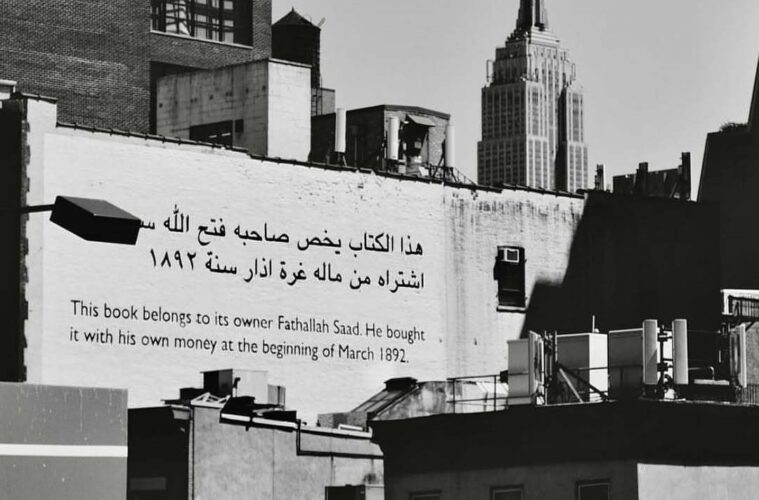Deadline December 9, 2025
(link to submission form)
My Kali Magazine invites contributions that explore how art is created when survival is not a metaphor, but a real, material condition.
We live in a time when genocide is streamed live, solidarity is censored, and art is sold back to us as therapy – stripped of its politics. Capitalism turns culture into “content,” while institutions polish and soften political expression until it becomes palatable. In this landscape, we ask: What remains of art’s power to challenge and transform? How can art become insurgent: embody its role as a space for struggle, refusal, and imagining new worlds?
This issue looks at how art can stay politically alive; how we resist its depoliticization/co-optation, and intentional disappearance under systems of power.
We invite contributors to reflect on how struggles for liberation and resistance push art into new territories. We’re interested in how artistic practice is shaped by, and pushes back against, structures: like occupation, censorship, capitalism, and how creation can emerge from within, against, and beyond them.
Themes / Points of Departure
- Accountability and witnessing: proximity, privilege, complicity, and solidarity. We welcome examples that connect to shared global conditions of spectatorship rather than a single site of violence.
- Artists as agents, not victims.
- Creation as response, not spectacle: art as intervention and repair, not performance of pain.
- Resisting co-optation: rooting art in collectivity, independent infrastructures, and practices that stay accountable to their communities.
- Art as archival and speculative: reclaiming erased histories while imagining possible futures.
- The impact of representation: making the invisible visible, while acknowledging the violence of exposing suffering.
- Art as spatial practice: mapping, disrupting, and reshaping territory.
- Art within power: recognizing that art is always entangled in material conditions – never outside them.
- Art is dynamic: it changes with the changing landscape and needs; it allows ideas to outlive us & travel through borders & generations.
Guiding Questions
These questions are meant to deepen reflection, not to aestheticize pain, but to think through how art navigates witness, complicity, and resistance in times of ongoing violence.
- When survival itself is at stake, what forms of art become possible and necessary? How might art born from displacement, siege, or ecological collapse redefine what creation means?
- How do artists take part in, sustain, or challenge movements for justice? What can we learn from past and present struggles -anti-colonial, feminist, ecological- about the shifting place of art within them?
- How does witnessing violence and genocide through screens and live streams change artistic responsibility? What does it mean to create amid such visibility and such erasure? How has this moment reshaped what we make?
- How has capitalism tried to weaken art’s political force, and how can we reclaim its insurgent potential? What collective or underground strategies can sustain art as a practice of refusal and resistance?
We Welcome:
Essays, visuals, interviews, and experimental works that ground artistic practice within broader political, social, and spatial realities. Submissions can draw on histories of liberation, feminism, ecology, and materialist approaches to culture.
Featured Artwork:
Palestinian artist Emily Jacir’s mural “This book belongs to its owner Fathallah Saad” (2014).
Part of Jacir’s Ex Libris project (2010–2012), the work commemorates the approximately 30,000 books looted from Palestinian homes, libraries, and institutions in 1948 by the Israeli occupation. Through this project, Jacir probes questions of cultural loss, repatriation, and restitution, addressing not only the physical disappearance of these books, but also the erasure of memory, history, and identity.
Image Credit: Nancy Kaszerman/ZUMA Wire/Alamy Live News.

